How to iron a coat at home?
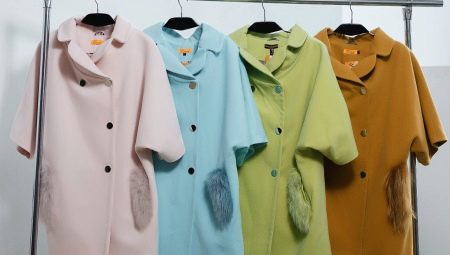
The coat is perhaps one of the most stylish and popular outerwear options. Such a thing adorns the wardrobe of every modern fashionista. These products are made of rather dense, warm materials such as suede, wool, cashmere, drape. Our article is devoted to the intricacies of ironing and steaming coats made of different materials.
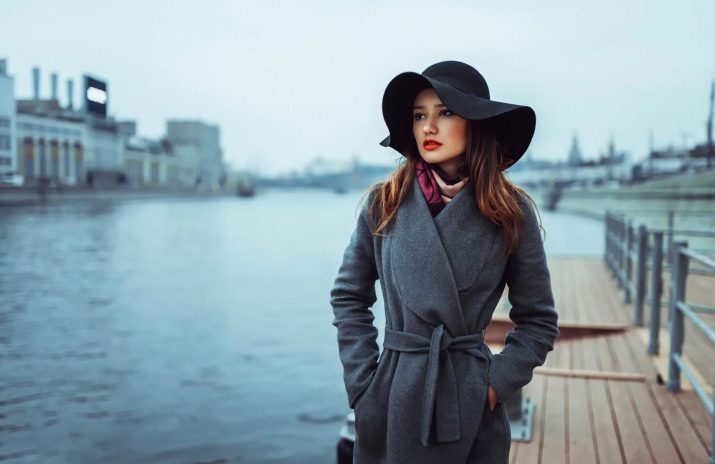
Ironing features
Wool
Before you start ironing a coat made of 100% wool, you must read the care instructions for the product. This information can be found on the label. The ironing process consists of several stages.
- The first heat level is selected on the iron.
- Before processing the coat with an iron, you need to cover the product with gauze, now you can iron it without fear for the wool, it will not suffer. The temperature regime can be increased only if the folds are not smoothed out.
- The outer part can be ironed only through damp gauze, and the seamy side can be ironed without it, directly.
You need to start from the seamy side, and then move on to the outside.
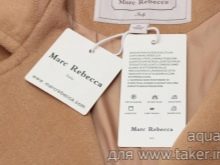
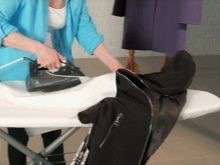

- All wrinkled areas are straightened with hands before ironing.
- For ironing the sleeves, it is better to use a special stand, which almost every model of ironing board has.
- After that, you can proceed to ironing the coat from the back, collar and lapels. When smoothing the coat hanger, place a small firm pillow for convenience. The English collar must be ironed again to fix its position.
- At the end, the seams are ironed, this must be done with the nose of the iron.
If you decide to iron your coat after washing, be aware that in order not to spoil the thing, you need to iron only completely dry clothes.In addition to ironing, wrinkled folds on the coat can be removed with a steamer or an iron with this function.

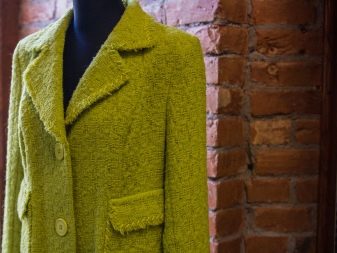
By the way, it is better not to iron a woolen coat, but to steam it, so as not to scorch the natural fibers. The appearance of the coat can be spoiled by the tan marks and shiny pieces that appear after ironing. Under no circumstances should a dirty coat be ironed. After processing, dirt particles are very eaten, it will be difficult to fix it.
Now we will consider two ways that will help to bring a woolen coat to its proper form without the use of special devices.
- A coat is laid out on the surface of the table, the folds with folds are straightened, and the too crumpled areas are covered with a damp cloth, for example, a terry cloth. So the product should lie for 8 hours. Then you can hang it on a hanger.
- In the bathroom, hot water is turned on, the door is tightly closed, artificially creating the effect of a steam room. When the steam has completely filled the room, you can hang your coat. This should be done over hot water, observing a gap of at least 25 cm. The product is left in this position for up to 4 hours (folds can be smoothed out earlier). After obtaining the desired result, the coat can be moved to the living room and allowed to dry.
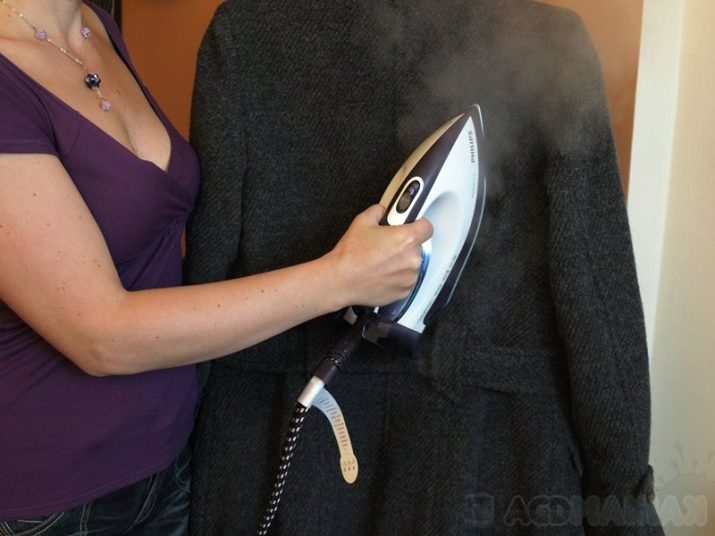
Cashmere
A cashmere product requires special care. The methods described above for smoothing a woolen coat, of course, can also be used, but nevertheless, you need to iron cashmere items with special care. The material is quite capricious, therefore it requires careful maintenance.
There are coat models that cannot be ironed at all, only steaming will help here. It is best to steam the coat while hanging on a hanger. The temperature on the steamer or iron is set to the minimum.

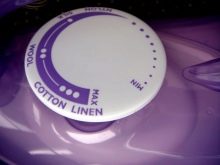

Synthetics
Items made of polyester do not tolerate exposure to high temperatures. At the same time, a coat made of polyester is considered the most wear-resistant, it practically does not wrinkle. Wrinkles can form after improper drying. If this happens, do not worry, the product can always be smoothed by steaming or regular ironing.
The “silk” mode is set on the iron. The coat is turned inside out, ironed. In this case, you do not need to specially press the iron on the material.
After ironing, the clothes should hang for several hours at room temperature. You don't need to put your coat straight into the closet. To select the optimal temperature parameter for smoothing a wrinkled coat, before processing the base material, you need to iron on a separate patch that is on the lining.
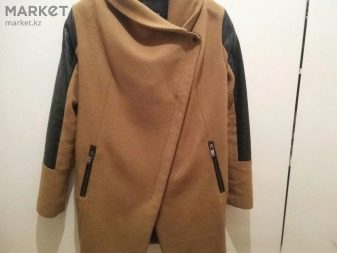

Combined materials
It will be possible to steam or iron a product from a combined material in several stages. First of all, the main canvas is ironed, then they move on to the rest of the details: sleeves, collar, patch pockets and other decorative elements. The lining of the coat is ironed last.
A thin coat without filler can be simply ironed from the inside out. Clothes with a thick layer of insulation must be ironed according to certain rules.
- First you need to turn the garment completely inside out and lay it out on the ironing board.
- Severely crumpled areas are covered with damp gauze before ironing. Any fine cotton fabric can be used instead.
- The ironed clothes are put on special hangers.
To return the lapels or collar, on which the seams wrinkle, to their original appearance, you need to close the problem area with a damp cloth, slightly pull out the corner of the lapel or collar with your hand and straighten the seam with the tip of the iron. Next, the part must be ironed again. By the way, it is better not to iron the coat too often.

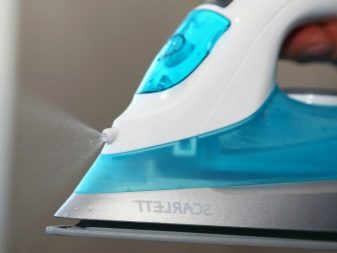
Using a steam iron
Treating items with a steam iron offers many advantages:
- delicate processing of clothes;
- prevents the appearance of tan marks;
- even the thinnest fabric can be ironed;
- steam will be distributed evenly.
A significant disadvantage of a steam iron is that this device is too large and takes up a lot of space in the room, since the design consists of a body and a voluminous water tank. In this tank, the liquid is heated, which forms steam, which is supplied to the iron. By the way, the cost of this device is also considered a disadvantage.


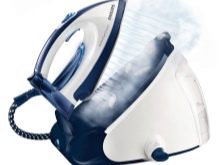
Useful Tips
- Great advice for those who decide to steam and iron their outerwear at home: stock up on ordinary paper napkins or those that are used to clean office equipment. These wipes will help clean the surface of the soleplate of your iron. Thus, the risk of all kinds of markings will be greatly reduced.
- If possible, it is better to dry-clean an expensive coat. Professionals can easily return the original look to a product made of capricious fabrics.
- If you decide to do ironing and steaming yourself, then after several repetitions of this procedure, the matter will become habitual. Each time there will be less and less difficulties, especially when everything is done strictly according to the instructions.
Depending on the material from which the coat is sewn, you need to choose the temperature and ironing mode. For viscose, for example, the optimal temperature regime is 85-115 ° C, for silk - 115-140 ° C, for wool - 140-165 ° C, for cotton and cotton fabric - 160-190 ° C, for linen - 190- 230 ° C.
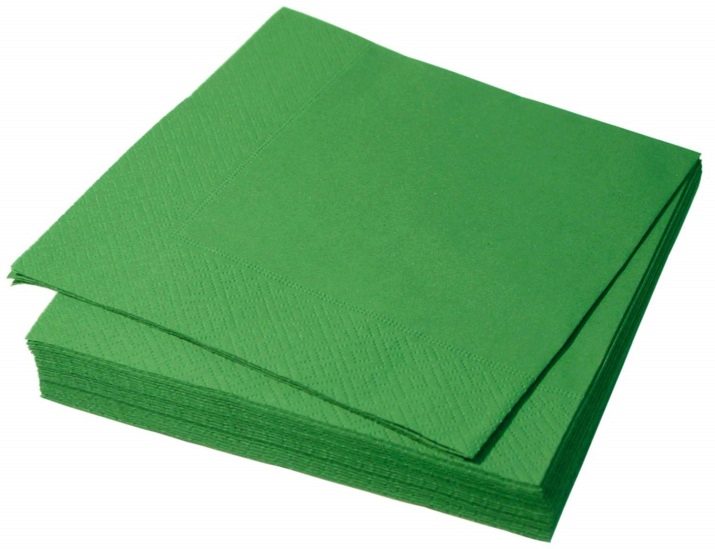
With a strong desire, you can iron even the most capricious coat made of natural wool or cashmere on your own. The main rule when working with a product made of any material is accuracy. Everything must be done correctly: do not press on the electric iron, iron the front part of the coat only through wet gauze, but, in general, it is better to use steam, then problems simply will not arise.
Expert advice on caring for drapes and other identical fabrics will help you iron your coat properly.








